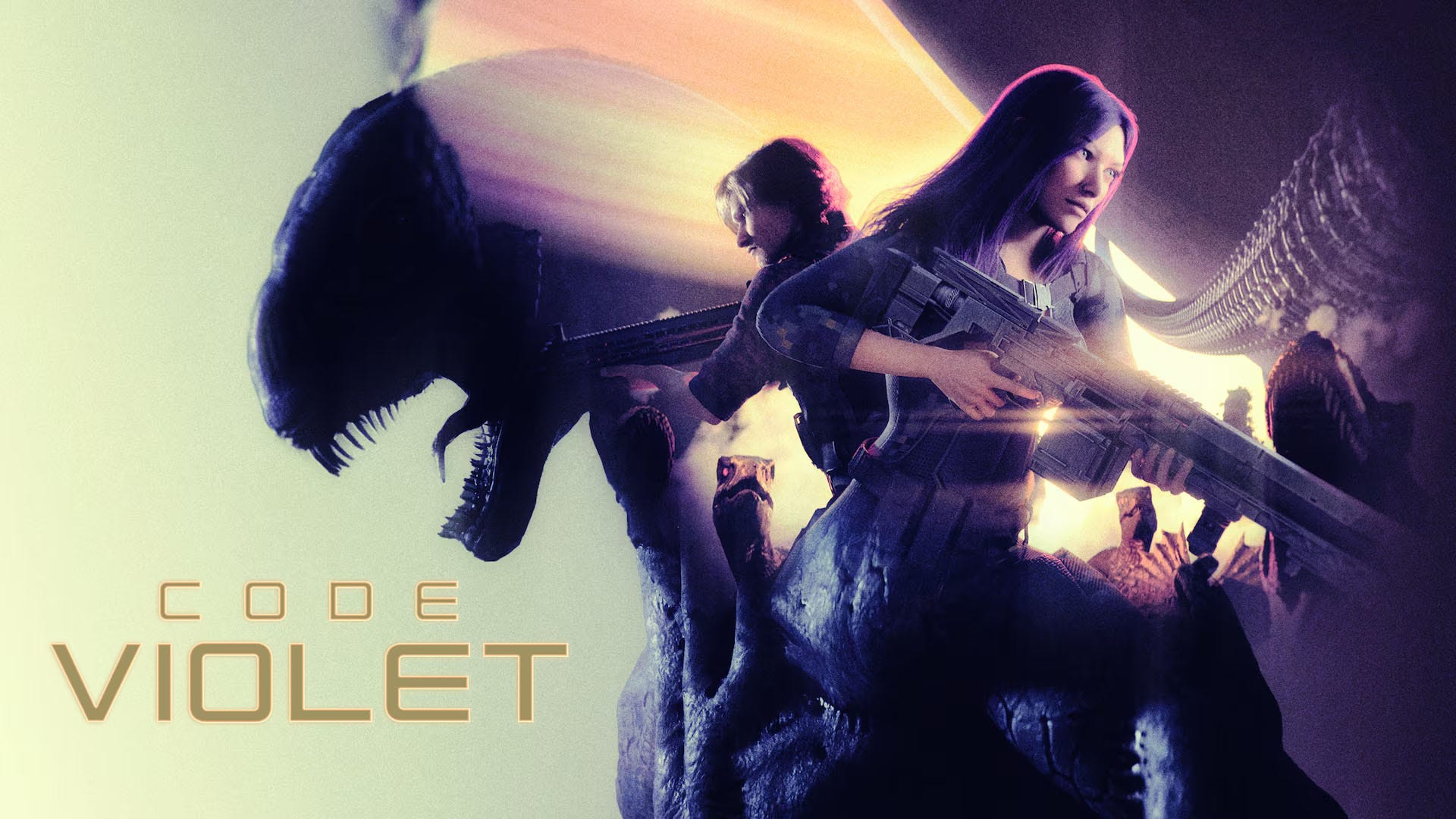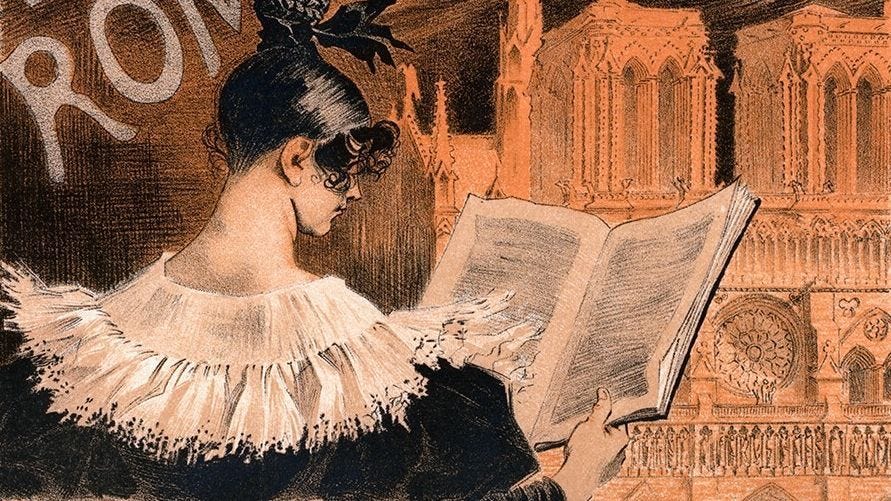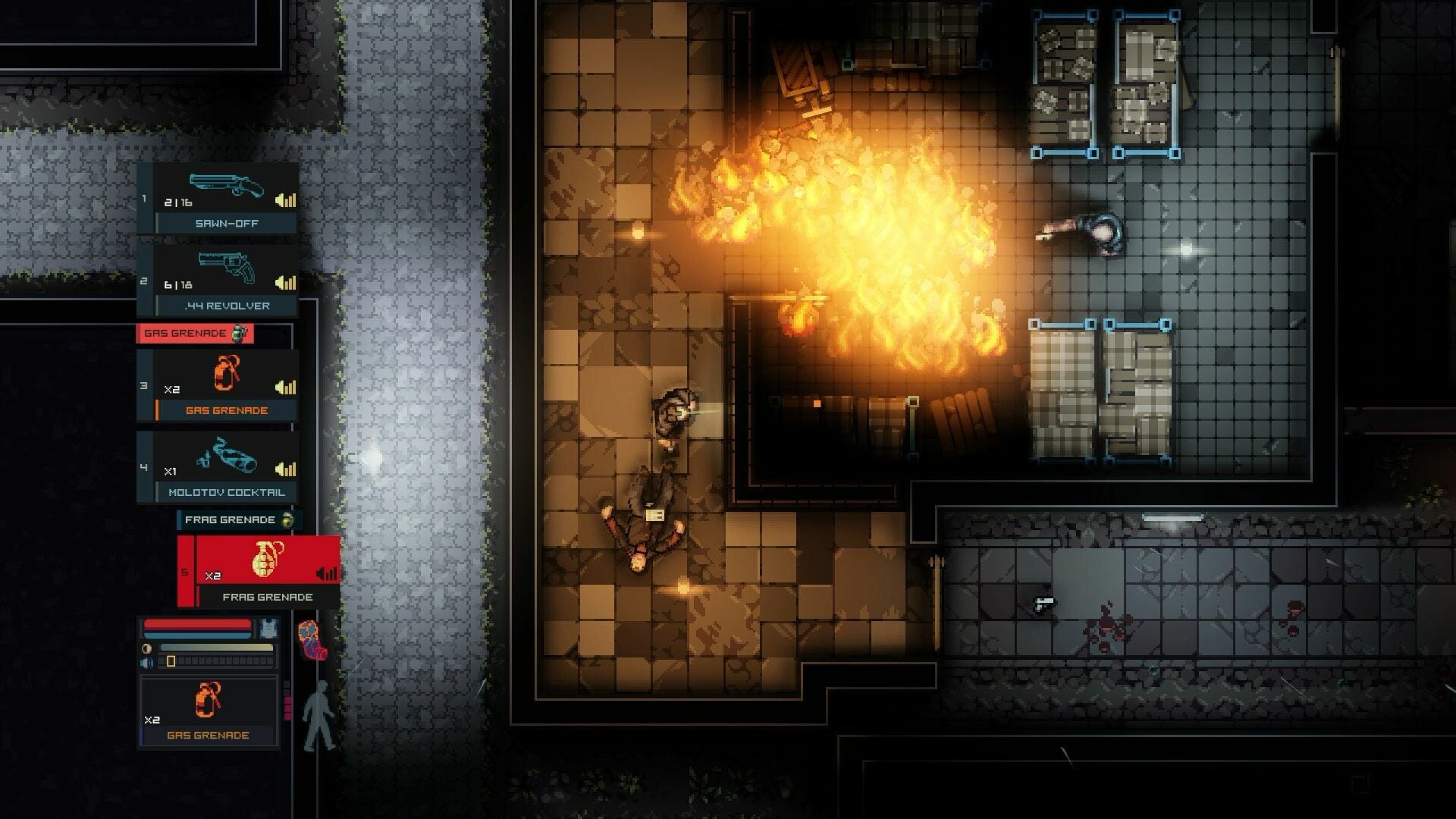There is “hope” among some within the video game industry that Grand Theft Auto 6 will be priced between $80 and $100, one analyst has said.
In a wide-ranging presentation on the state of gaming in 2025, Epyllion CEO Matthew Ball said Rockstar’s guaranteed mega-hit “could re-establish packed video game prices after decades of deflation despite rampant cost growth.”
GTA 6, due out fall 2025 on PlayStation 5 and Xbox Series X and S, is the long-awaited follow-up to 2013’s record-breaking GTA 5. Analysts have projected it will make an eye-watering $3 billion in its first year on sale, with $1 billion in pre-orders before it even launches. It seems likely that GTA 6 will be the biggest entertainment launch in history, with revenue ahead of any film.
But how much will GTA 6 cost the gamer? Most triple-A video games cost $70 as standard after a $10 price hike that kicked in with the current generation of consoles in 2020. Could Rockstar and its parent company Take-Two use GTA 6 as an opportunity to go higher five years later?
In his report, Ball reported that “some gamemakers hope GTA 6 will be priced at $80 to $100, breaking the $70 barrier and helping $50 titles to move up to $60, $60 to do $70, $70 to $80 etc.”
While this price hike would certainly raise eyebrows with the video game audience, Ball argued that a $70 GTA 6 would be the “cheapest” GTA game ever released, in real terms. That is, when taking inflation into account. In real terms, $91 would be average, Ball said.
“Packaged game prices have never been lower in real terms than they are today — even though budgets are at all-time highs and player growth is stalled,” Ball said in the report. “GTA 6 could re-establish packed video game prices after decades of deflation despite rampant cost growth.”
Ball’s report has sparked a discussion about the value of video games and the likelihood that Rockstar would actually go through with an $80 to $100 price range for GTA 6. Reacting to Ball’s comment, Michael Douse, publishing director at Baldur’s Gate 3 developer Larian, tweeted: “You’re not supposed to say this out loud!”
He continued: “A good company raises salaries in-line with inflation so that their staff don’t die or something, but games prices haven’t risen with inflation. This isn’t the reason the industry is in the shit for now, but it is an uncomfortable truth. On the other hand, the responsibility for a game developer is to make sure that the game they show lives up to that promise, and that investment from the player.”
There are a number of burning questions when it comes to GTA 6, including how exactly Rockstar will package the release. With GTA 5, Rockstar threw in its mega money-spinner GTA Online for free. Will it do so again with GTA 6? Could the single-player portion of GTA 6 be sold for the standard $70, but if you want GTA Online as well it will cost you more? And what about the inevitable microtransactions? Will pricing for those in the new GTA Online rise as well?
Taking to social media to follow-up on his report, Ball said he doesn’t actually think Rockstar will go to $100 with GTA 6, betting instead it will stick with $70 or at a push go for $80. “What I said is many in the market hope for $80 if not $99.99,” he clarified.
Might a price hike spark a backlash, though? “Can’t really speculate on a game that is barely even revealed,” Ball continued. “But the $70 bump from $60 in 2020 (which bought under three years of inflation control) was pretty without issue.”
Whatever price GTA 6 ends up selling for, its huge projected revenue is up against similarly huge development costs, estimated from the high hundreds of millions to as much as $2 billion. There’s a lot riding on GTA 6, then, but not just for Take-Two and Rockstar. In March last year, Circana analyst Mat Piscatella predicted Rockstar’s surefire hit would spark “renewed interest” in video games, before going one step further: “There’s probably never been a more important thing to ever release in the industry, so no pressure.”
GTA 6 is the kind of game that will sell consoles, too. Sony’s PS5 Pro will no doubt benefit greatly from interest in GTA 6, too. Let’s remember: GTA 6 is not coming out on PC at launch; to play you must own a PlayStation or an Xbox.
The almost guaranteed success of GTA 6 comes amid one of the toughest periods for the video game industry in recent memory. More than 33,000 people have lost their jobs since 2022, with huge layoffs at the likes of Microsoft and Sony. Indeed, Take-Two itself has suffered layoffs and studio closures.
All eyes are on Rockstar for a firm GTA 6 release date, or, as some are predicting, a delay into 2026. While you wait to find out, IGN has much more on GTA 6 to check out, including an ex-Rockstar dev who says the studio probably won’t be able to decide whether GTA 6 is delayed until May 2025, the boss of Take-Two’s coy response on whether GTA 6 is coming to PC, and the expert opinion on whether the PS5 Pro will run GTA 6 at 60 frames per second.
Wesley is the UK News Editor for IGN. Find him on Twitter at @wyp100. You can reach Wesley at wesley_yinpoole@ign.com or confidentially at wyp100@proton.me.



